Who is Maurizio Cecchetti

Maurizio Cecchetti è nato a Cesena il 13 ottobre 1960. Critico d'arte, scrittore ed editore. Per molti anni è stato critico d'arte del quotidiano "Avvenire". Ora collabora con "Tuttolibri" della "Stampa". Tra i suoi libri si ricordano: Edgar Degas. La vita e l'opera (1998), Le valigie di Ingres (2003), I cerchi delle betulle (2007). Tra i suoi libri recenti: Pedinamenti. Esercizi di critica d'arte (2018), Fuori servizio. Note per la manutenzione di Marcel Duchamp (2019) e Gli anni di Fancello. Una meteora nell'arte italiana tra le due guerre (2023).
All the articles by Maurizio Cecchetti on Finestre sull'Arte
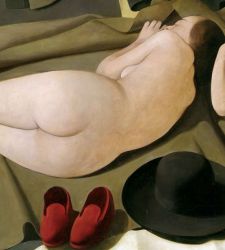
Casorati to reconsider the appropriateness of talking about "magic realism." On the Milan exhibition
The curators of the Felice Casorati exhibition at Palazzo Reale, through June 29, are the same ones who followed the edition of the Piedmontese artist's general catalog 30 years ago: Giorgina Bertolino and Francesco Poli. They are joined by Fernando ...Read more...
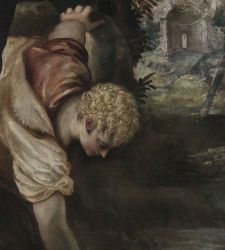
But are we sure that Narcissus is the prototype of the self-portrait? What the exhibition in Forli looks like
Is the selfie the end point that closes the circle of the self-portrait as it has developed since the very attractive but also very false idea that an artist is hidden in every man? Riccardo Falcinelli, for example, has sought answers to the question...Read more...

Everything is serious if there is irony. What the exhibition at MAMbo in Bologna is like.
The biggest mistake one can make in making an exhibition of artworks that should have irony as its common thread is to explain where it lurks by overwhelming it with words and reflections. But, on the other hand, what to do? Irony is a "celibate mach...Read more...

Roberto Matta, the avant-garde suspected of kitsch.
When one considers that the birth of American comics lasted, roughly, from 1933 to 1938, and peaked with the myth of Superman, it is not surprising that Roberto Matta's interest in comics was, so to speak, of the first hour. And on the other hand, it...Read more...
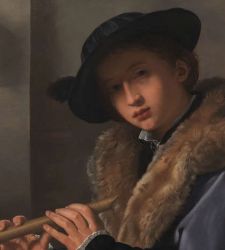
Restless renaissance and viaticum padani, from Brescia to Ferrara
In recent decades, historians have declined some historical categories in the plural. Thus the monolithic and imperious Renaissance, with a capital letter, has begun to break down into multiple renaissances, where the adjective regionalist has gained...Read more...
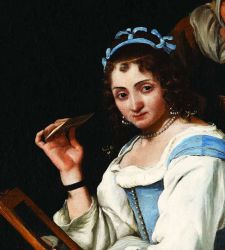
Michael Sweerts, from the vestiges of Rome to the shadows of the East.
He must have been quite a guy, this Sweerts. From a Flemish family ennobled by the textile trade, Andrea, G. De Marchi and Claudio Seccaroni recall today in the catalog of the exhibition, still running in Rome until Jan. 18 at the Accademia di San Lu...Read more...
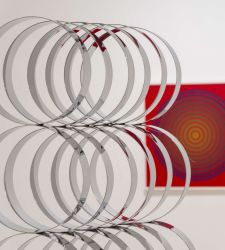
The revolution of the circle in Marina Apollonio
The word "abstractionism," in the arts, is in danger of being a meaningless word. And not because, conversely, "figurative" makes sense. On the contrary. It is a confusion that came about with the avant-gardes who, having faith in the new, considered...Read more...
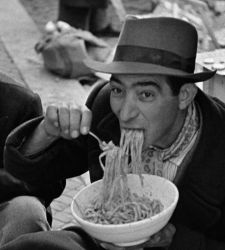
Henri Cartier-Bresson, the decisive instant of the South
Henri Cartier-Bresson's travels in Italy are journeys, especially to the South, recounted in photographic "reportages" that have a vague ethnographic flavor. The tone with which the French photographer approaches our worlds is somewhat reminiscent of...Read more...




























